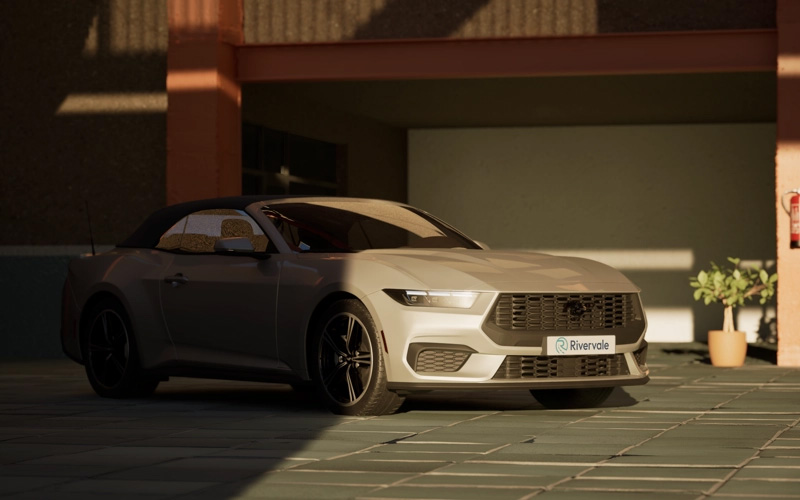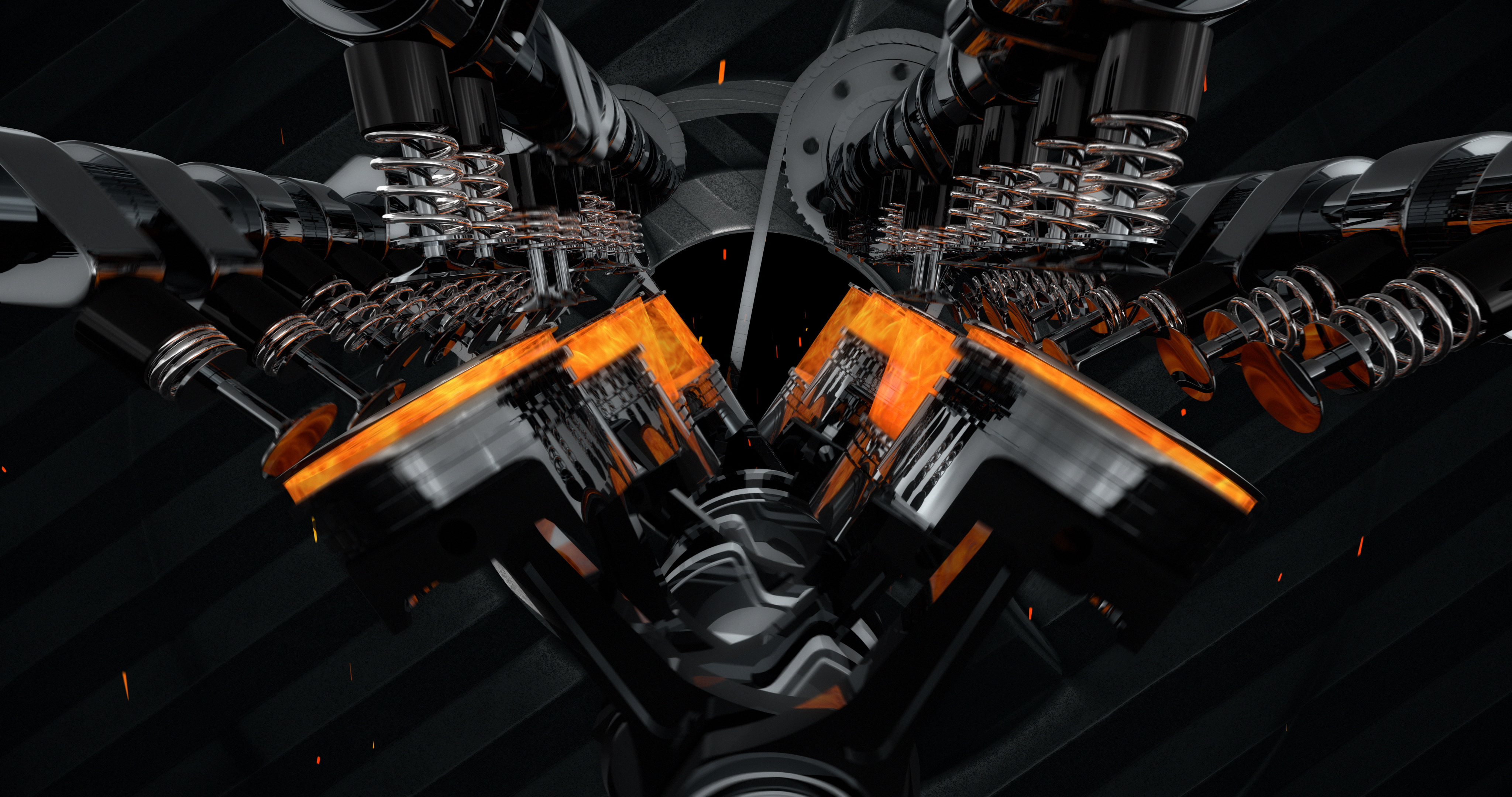Do You Know Your PS from Your BHP? Understanding Car Power Metrics
When manufacturers advertise their cars, we’re often bombarded with a host of numbers, from horsepower (HP) to cubic centimetres (cc). But what do these figures actually tell us? Is bigger always better? And what’s the difference between power and torque? Let’s break down the terminology and understand what these figures mean for your car’s performance.

What is Horsepower (HP)?
The concept of horsepower dates back to the 18th century when Scottish inventor James Watt wanted to compare the power of steam engines to that of horses. His experiments led to the definition of one horsepower (HP) as the ability of a horse to lift 33,000 pounds one foot into the air in one minute.
In modern car terms, horsepower describes the engine’s total power output. The higher the horsepower, the more powerful the engine, and the faster the car can go. So, if a car boasts high horsepower, it typically means it can achieve higher speeds.
What is Brake Horsepower (bhp)?
While horsepower gives us a general sense of a car’s power, brake horsepower (BHP) is often used to give a more accurate measure. BHP accounts for the power the engine produces before losses from components like the gearbox, alternator, and water pump. Essentially, BHP gives us the net usable power that can actually be transferred to the wheels, after factoring in these losses.
What is Pferdstarke (PS)?
PS, or Pferdestärke, which translates to "horse strength" in German, is another unit of engine power. It was introduced as a metric equivalent to horsepower. One PS is equivalent to 98.6% of 1 HP, meaning they are very close in value. If you're just looking for a rough measure of a car’s engine power, you can think of PS and HP as virtually interchangeable.
What are Kilowatts (kW)?
While BHP remains the most widely recognized measurement of engine power, kilowatts (kW) became the official measure in the European Union in 1992.
However, since the kW figure is typically smaller, many manufacturers still use BHP to sound more impressive. For example, an Aston Martin DB9 might have an engine power of 540 BHP or 403 kW. Both figures represent the same amount of power, but the BHP figure often sounds more powerful.
So, whether you see HP, BHP, PS, or kW, the general principle is the same: a higher number indicates more engine power and, consequently, a faster top speed.
What is Torque?
In addition to power measurements, torque is another key figure often mentioned when discussing engine performance. Torque is measured in pound-feet (lb-ft) or Newton-metres (Nm), and it describes the rotational force or "twisting force" an engine can exert at the crankshaft.
The more torque an engine has, the more pulling power it provides. This is especially important when accelerating, towing, or overtaking. Torque helps the engine move the vehicle’s weight more efficiently, leading to quicker acceleration and more capability when carrying heavy loads. If your driving involves towing or hauling, a car with a high torque figure will likely be more suitable.
One of the key benefits of electric vehicles like a Tesla is that they provide instant torque. Unlike traditional engines, which need to build up power and often require you to rev the engine to get the most torque, electric motors deliver 100% of their torque from the moment you press the accelerator.

Engine Size: Litres and Cubic Centimetres (cc)
Engine size is often referenced in litres (L) or cubic centimetres (cc). For example, an engine might be described as a 2.2-litre engine, which is the same as saying it has a displacement of 2,211 cc.
The engine size tells us how much air the engine can intake to burn fuel. Larger engines typically take in more air, burn more fuel, and, in turn, generate more power. So, you might assume that a larger engine means more power. But thanks to technological advances, such as turbocharging and direct fuel injection, this isn’t always the case.
For example, Ford’s EcoBoost engines can produce the same power as a conventional 1.6-litre engine, despite being just 1.0-litre. This is because the turbocharger forces more air into the engine, making it more efficient.

Choosing the Right Power and Torque for Your Needs
When it comes to choosing the right car for you, understanding these figures can help. Here’s a breakdown:
- High Torque: If you're towing heavy loads or need the car to pull powerfully from a standstill, look for a high torque figure. The more torque, the better the acceleration and towing capacity.
- Smaller Engine Size: For fuel economy and driving around town, a smaller engine may be a better choice. The more compact engine is often more fuel-efficient, especially with newer technologies like turbocharging.
- High BHP: A high horsepower or BHP figure means your car is more likely to deliver higher top speeds and thrilling acceleration.
In summary, whether it’s horsepower, brake horsepower, PS, or kilowatts, and whether it’s torque or engine size, the numbers are all indicators of your car's performance capabilities. Bigger numbers generally indicate more power or pulling capacity, but it’s important to consider your own needs—whether you want fuel efficiency, towing power, or speed—when making a choice.

